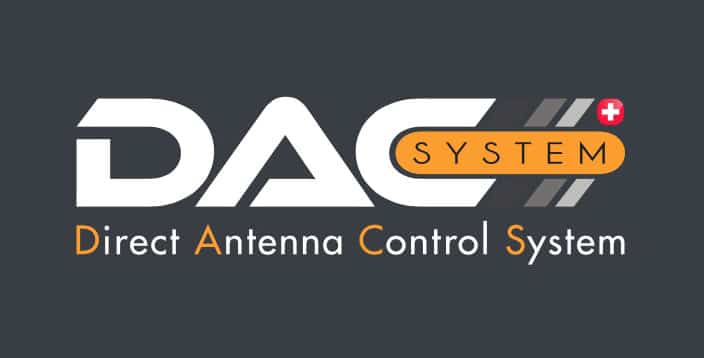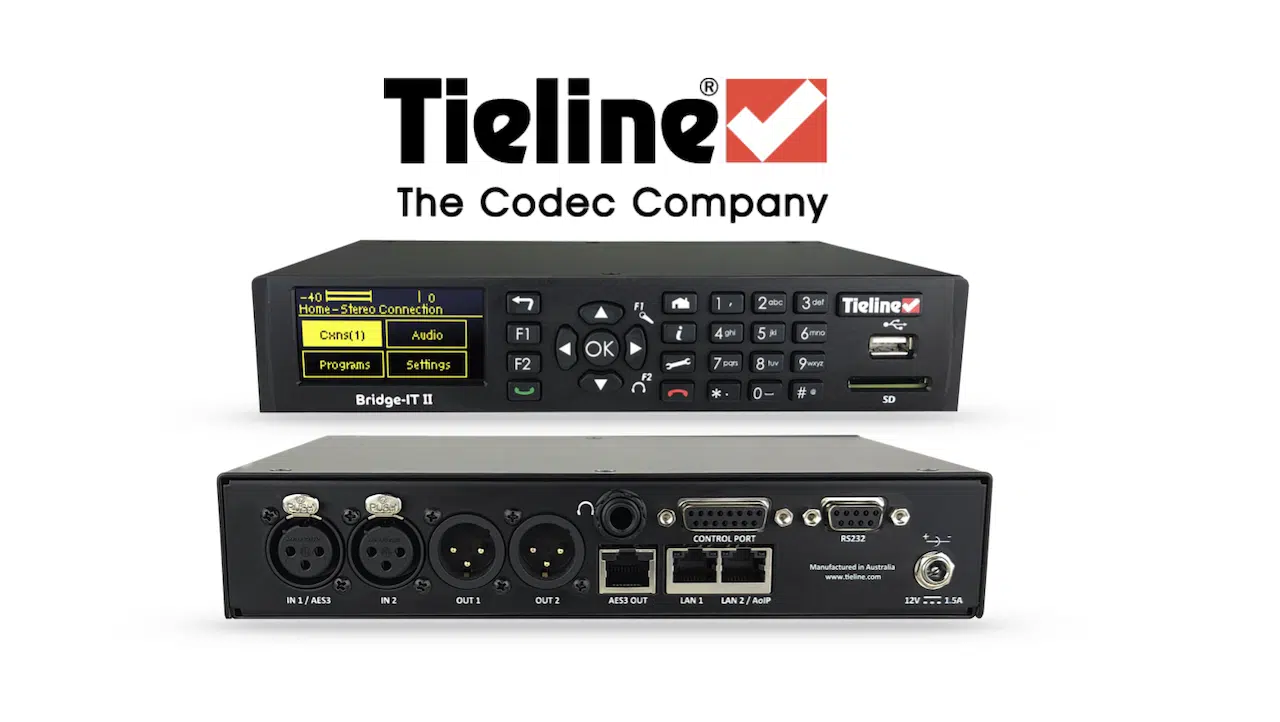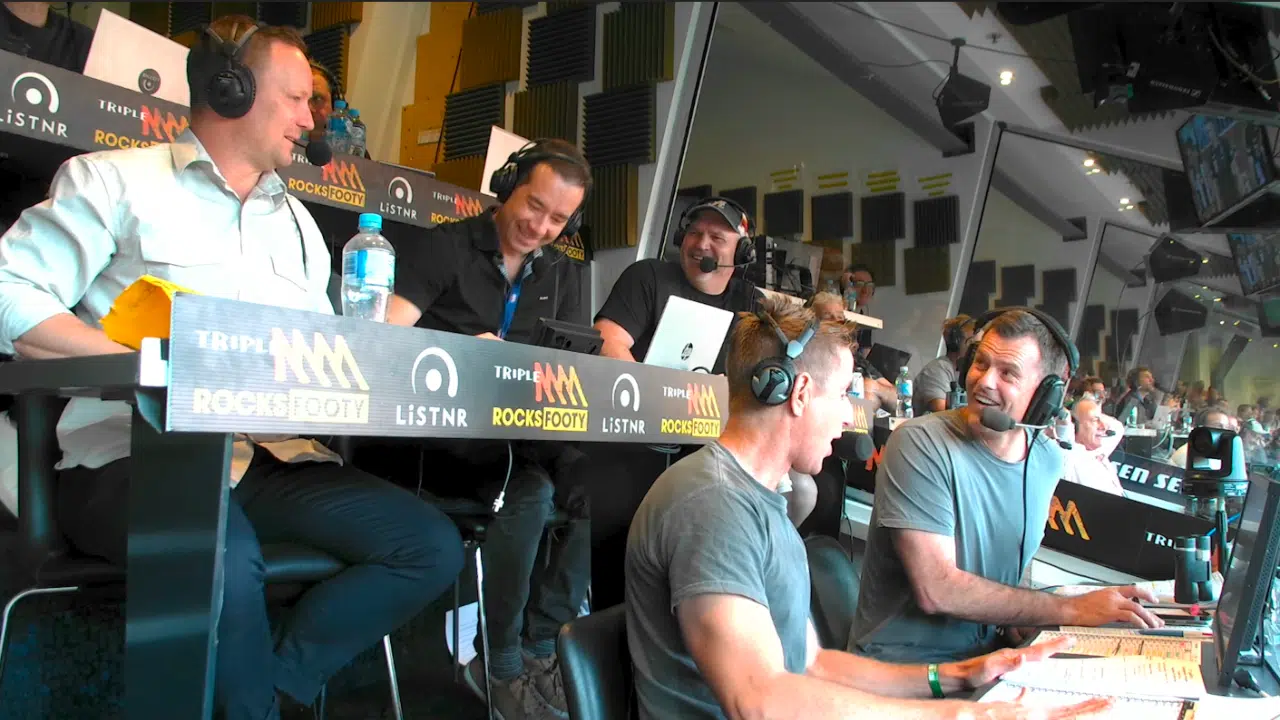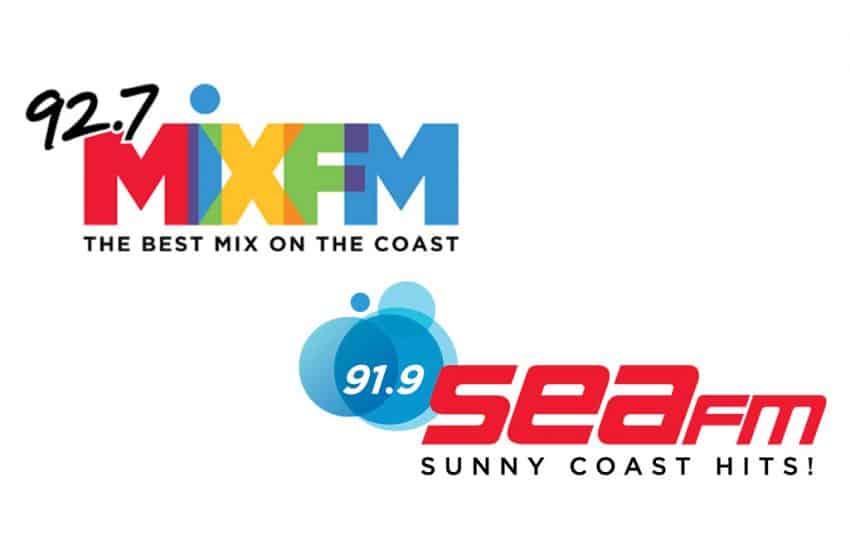
MAROOCHYDORE, Australia — I have been the chief engineer for 91.9 SEA FM and its sister station 92.7 MIX FM on the Sunshine Coast in southeast Queensland since 2017. We have come to rely on a trusted combination of hardware for all our broadcasts.
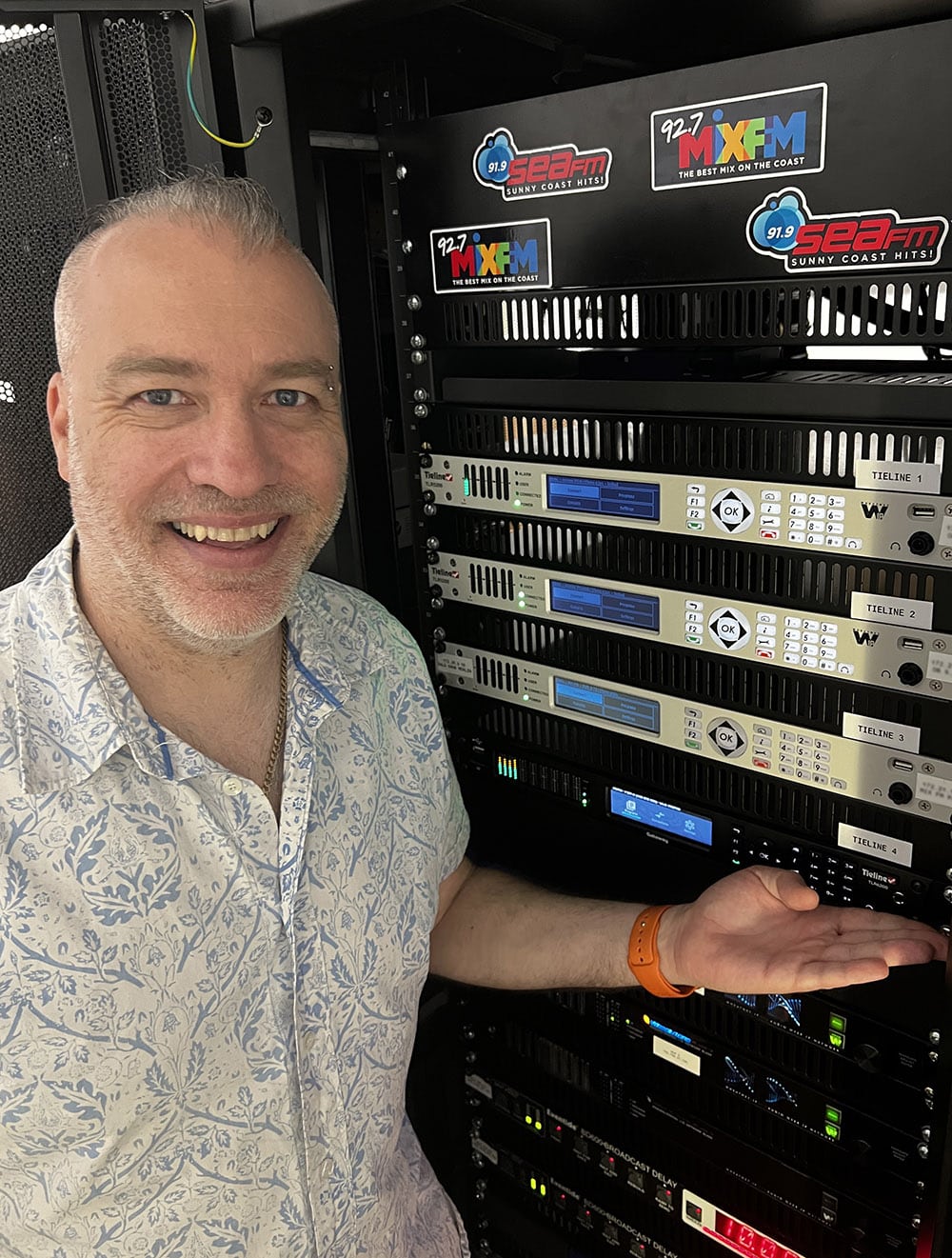
We have used Tieline codecs for years and have three Merlin PLUS codecs with WheatNet-IP at the studio for outside broadcasts and two ViA codecs. Because we’ve always had good experiences with Tieline, we purchased a new Tieline Gateway 8 codec to carry backup stereo STL signals for the two stations from the Maroochydore studios to the transmitter at Bald Knob. The Gateway has a WheatNet-IP card installed to interface directly with our studio’s Wheatnet AoIP network.
We stream studio audio from the Gateway 8 via Ethernet port 1, using our regular broadband provider. Ethernet port 2 connects to a local Layer 2 broadband link provided by our local telco. We like to support small local businesses where possible. We purchase 500 kbps of bandwidth on their network, which delivers diversity in our signal paths to ensure connectivity if an outage occurs. Connections are bidirectional, so we also send audio back to the studio for confidence monitoring.
Connection backup protection
We have two Merlin codecs at the transmitter site — one for each station. They are both connected to our local telco service on Ethernet port 1 with a 4G Teltonika RUT950 cellular modem attached to Ethernet port 2. Again, this provides diversity if one IP interface is lost.
We send the primary STL link for both stations from the studios via a Wheatstone SG-192 stereo generator with MPX using a licensed Huawei link path hop from Maroochydore to our relay site Radar Hill. We then bounce the signal from Radar Hill straight into the transmitter at Bald Knob. We employ SNMP monitoring using PRTG software, which sends me a text alert if it detects any connectivity issues. If necessary, I can also configure and monitor the codecs remotely using Tieline’s HTML5 web-GUI.
The codecs have never failed, and the only time we have lost a connection is during a network outage…and the automated backup connections saved the day.
We chose Tieline codecs because their products are very reliable. The company does a great job and the equipment includes all the features I look for in a professional broadcast codec. The codecs have never failed, and the only time we have lost a connection was during a network outage, which has happened only three or four times in the past five years, and the automated backup connections always saved the day. A bonus is that other broadcast networks can come into our studios to link up from Maroochydore to other stations around Australia, because most radio stations in Australia use Tieline codecs.
Outside broadcasting
We do a lot of outside broadcasts, so I have assembled two purpose-built portable rack kits on wheels. Each kit is robust, with a lockable section, and includes a ViA codec, radio mics, headsets, IEMs and a Teltonika RUT 950 4G LTE modem to stream live IP audio. They are easy to set up on location. My team only has to set up PA speakers, load the program in the codec and hit “connect.” That’s it.
The ViA saved the day on one occasion when we were broadcasting MIX FM’s annual Easter Egg Drop from Sunshine Coast Stadium live throughout the morning show. Suddenly there was a huge “bang” on the air when the stadium’s power transformer exploded! Because the ViA had an internal battery, it just kept on running and didn’t miss a beat for the rest of the show.
The ViA is such a reliable product. I love using it, and so do the other engineers. We have used it to broadcast underwater, above ground and everywhere in between. I have connected using LAN connections, portable 4G modems and USB cellular dongles. There really are so many options.
We techies have to have our go-to gear, but that’s because we know they’re versatile and reliable.
The author is chief engineer with Sunshine Coast Broadcasters.


